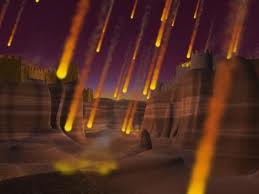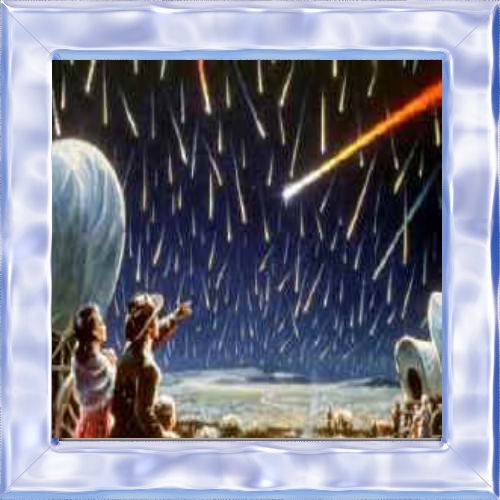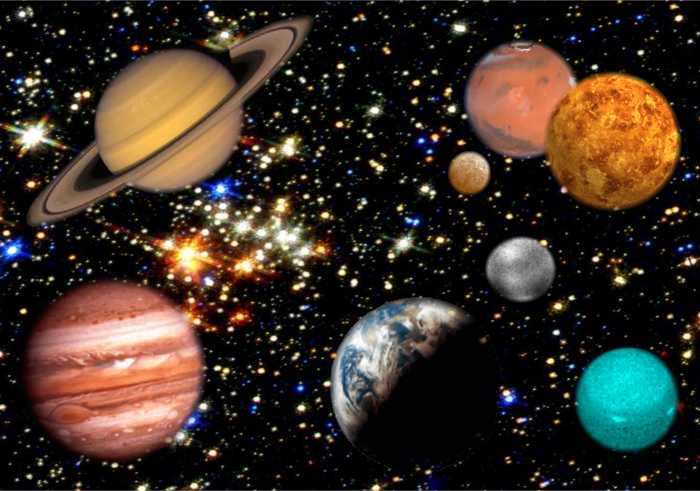Balls





Balls
God’s beautiful world Destroyed.
A View of Great Destruction
“Last Friday morning, just before I awoke, a very impressive scene was presented before me. I seemed to awake from sleep, but was not in my home. From the windows I could behold a terrible conflagration. Great balls of fire were falling upon houses, and from these balls fiery arrows were flying in every direction. It was impossible to check the fires that were kindled, and many places were being destroyed. The terror of the people was indescribable.” --Evangelism, p. 29. (1906)
God's Efforts to Arouse the People
“While at Loma Linda, Calif., April 16, 1906, there passed before me a most wonderful representation. During a vision of the night, I stood on an eminence, from which I could see houses shaken like a reed in the wind. Buildings, great and small, were falling to the ground. Pleasure resorts, theaters, hotels, and the homes of the wealthy were shaken and shattered. Many lives were blotted out of existence, and the air was filled with the shrieks of the injured and the terrified.”
CL 8
-----------------
“THE sign "in the stars" is that "the stars shall fall from heaven" (Matt. 24:29; Mark 13:25), and that they shall fall "as a fig tree casteth her untimely figs when she is shaken of a mighty wind" (Rev. 6:13). And so, in 1833, it came to pass.
Extensive and magnificent showers of shooting stars have been known to occur at various places in modern times, but the most universal and wonderful which has ever been recorded is that of the thirteenth of November, 1833, the whole firmament, over all the United States, being then, for hours, in fiery commotion! No celestial phenomenon has ever occurred in this country since its first settlement, which was viewed with such intense admiration by one class in the community, or with so much dread and alarm by another. It was the all-engrossing noise of conversation and of scientific disquisition for weeks and months. Indeed, it could not be otherwise than that such a rare phenomenon,—next in grandeur and sublimity to that of a total solar eclipse, or a great cornet stretched athwart the starry heavens in full view of a wonder struck universe—should awaken the deepest interest among all beholding it. Nor is the memory of this marvelous scene yet extinct: its sublimity and awful beauty still linger in many minds, who also remember well the terror with which the demonstration was regarded, and the mortal fear excited among the ignorant that the end of the world had come. During the three hours of its continuance, the day of judgment was believed to be only waiting for sunrise, and long after the shower had ceased, the morbid and superstitious were still impressed with the idea that the final day was at least only a week ahead, impromptu meetings for prayer were held in many places, and many other scenes of religious devotion, or terror, or abandonment of worldly affairs, transpired, under the influence of fear, occasioned by so sudden and awful a display.
But, though in many districts the mass of the population were thus panic-stricken, through fear as well as want of familiarity with the history of such appearances, the more enlightened were profoundly awed at contemplating so vivid a picture of the apocalyptic image—that of "the stars of heaven falling to the earth, even as a fig-tree casting her untimely figs, after she is shaken of a mighty wind." In describing the effect of this phenomenon upon the black population, a southern planter says:—
"I was suddenly awakened by the most distressing cries that ever fell on my ears. Shrieks of horror and cries for mercy could be heard from most of the N egroes of three plantations, amounting in all to some six or eight hundred. While earnestly and breathlessly listening for the cause, I heard a faint voice near the door calling my name. I arose, and, taking my sword, stood at the door. At this moment I heard the same voice still beseeching me to rise, and saying, 'O my God, the world is on fire!' Then opened the door, and it is difficult to say which excited me most—the awfulness of the scene, or the distressed cries of the Negroes. Upwards of one hundred lay prostrate on the ground, some speechless, and others uttering the bitterest moans, and with their hands raised, imploring God to save the world and them. The scene was truly awful, for never did rain fall much thicker than the meteors fell towards the earth; east, west, north, and south it was the same." In a word, the whole heavens seemed in motion.
The display, as described in Professor Silliman's journal, was seen all over North America. The chief scene of the exhibition was within the limits of the longitude of 61° in the Atlantic Ocean, and that of 100° in Central Mexico, and from the North American lakes to the southern side of the island of Jamaica.
Over this vast area, an appearance presented itself by surpassing in grandeur and magnificence the loftiest reach of the human imagination. From two o'clock until broad daylight, the sky being perfectly serene and cloudless, an incessant play of dazzlingly brilliant luminosities was kept up in the whole heavens. Some of these were of great magnitude and most peculiar form. One of large size remained for some time almost stationary in the zenith, over the falls of Niagara, emitting streams of light, which radiated in all directions. The wild dash of the waters, as contrasted with the fiery commotion above them, formed a scene of unequaled and amazing sublimity. Arago computes that not less than two hundred and forty thousand meteors were at the same time visible above the horizon of Boston! To form some idea of such a spectacle, one must imagine a constant succession of fireballs, resembling sky-rockets, radiating in all directions, from a point in the heavens near the zenith, and following the arch of the sky towards the horizon. They proceeded to various distances from the radiating point, leaving after them a vivid streak of light, and usually exploding before they disappeared. The balls were of various sizes and degrees of splendor; some were mere points, but others were larger and brighter than Jupiter or Venus; and one, in particular, appeared to be nearly of the moon's size. But at Niagara no spectacle so terribly grand and sublime was ever before beheld by man as that of the firmament descending in fiery torrents over the dark and roaring cataract.
The point from which the meteors seemed to issue was observed, by those who fixed the position of the display among the stars, to be in the constellation Leo. At New Haven it appeared in the bend of the "sickle"—a collection of stars in the breast of Leo—a little to the westward of the star Gamma Leonis. By observers at other places remote from each other, it was seen in the same constellation [sic.], although in different parts of it. An interesting and important fact in this connection is, that this radiating point was stationary among the fixed stars, that is, that it did not move along with the earth in its diurnal revolution eastward, but accompanied the stars in their apparent progress westward.”
"Our First Century," pp. 329, 330, 332.
October 31, 1900 ATJ, SITI 3